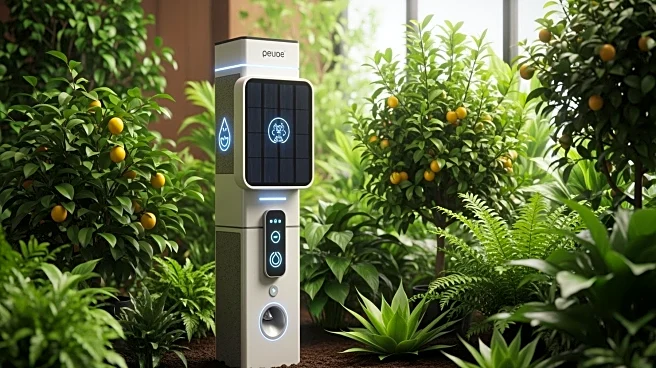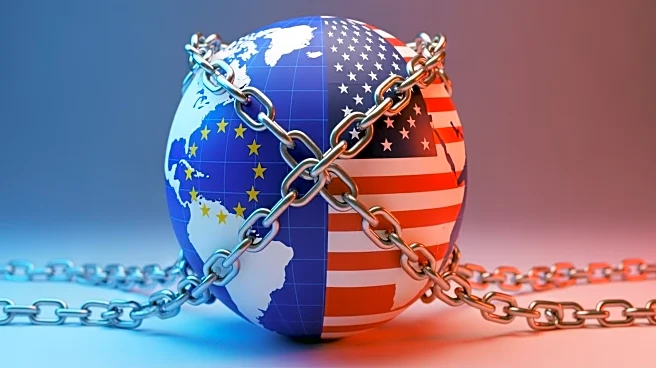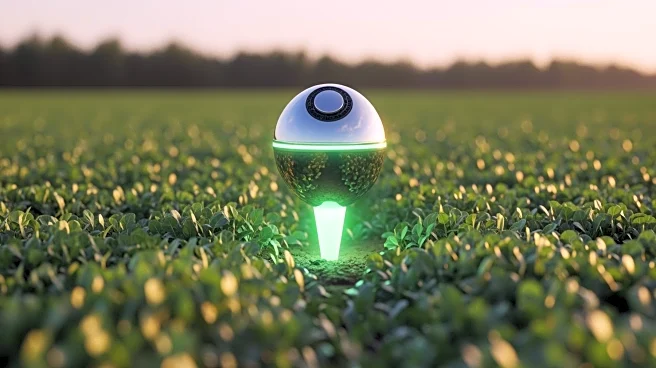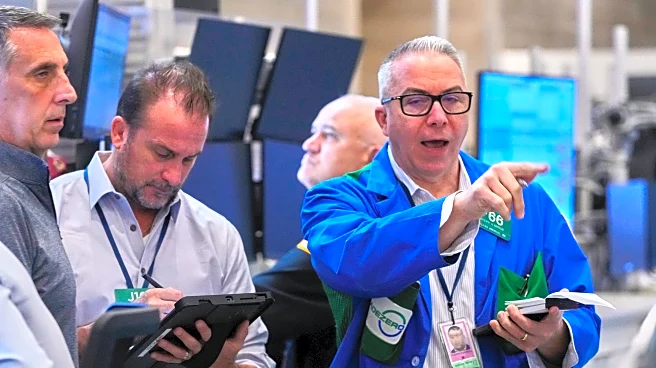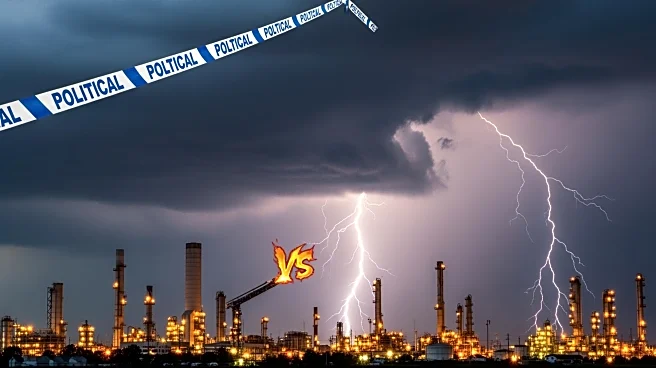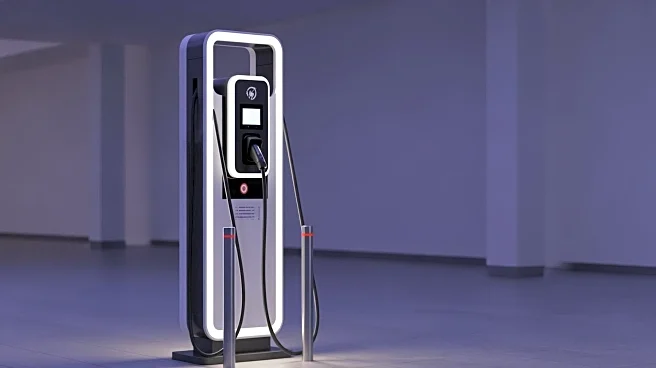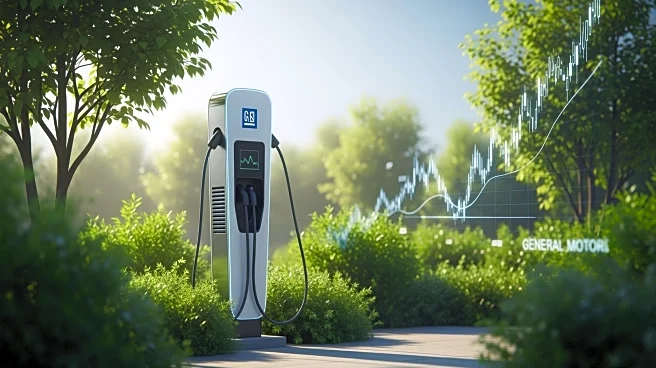What's Happening?
Researchers at the University of Wisconsin-Milwaukee are pioneering a method to convert used electric vehicle (EV) batteries into fertilizer, addressing both recycling challenges and agricultural needs. The focus is on lithium-iron-phosphate (LFP) batteries,
which are increasingly used by automakers like Ford and General Motors due to their cost-effectiveness. The process involves introducing potassium into spent EV batteries, allowing phosphorus and nitrogen, essential fertilizer components, to leach out. This innovation not only reduces the cost of material recovery from used batteries but also decreases the energy required for mining and transporting new fertilizer inputs. The research aims to support US farmers by providing a more economical fertilizer alternative, especially as the country heavily relies on imported fertilizers.
Why It's Important?
This development holds significant potential for the US agricultural sector, which is heavily dependent on imported fertilizers. By repurposing used EV batteries, the initiative could reduce reliance on foreign fertilizer supplies, particularly potassium, which the US largely imports from Canada, Russia, and Belarus. The innovation also aligns with environmental goals by promoting recycling and reducing waste. For farmers, this could mean lower costs and increased sustainability in their operations. Additionally, the integration of solar panels with agriculture, as explored by the National Renewable Energy Laboratory, could further enhance crop yields and provide protection against adverse weather, offering a comprehensive approach to modern farming challenges.
What's Next?
The University of Wisconsin team plans to advance their research by collecting enough material from spent EV batteries to fertilize a one-acre tomato crop. This step will test the practical application of their method in real-world agricultural settings. If successful, it could pave the way for broader adoption of this technology across the farming industry. Meanwhile, the exploration of agrivoltaics, or the combination of solar energy and agriculture, continues to gain traction, with potential benefits for crop growth and energy efficiency. These developments could lead to significant shifts in how US agriculture operates, potentially influencing policy and market dynamics.
Beyond the Headlines
The initiative to use spent EV batteries for fertilizer highlights a broader trend towards sustainable practices in both the automotive and agricultural industries. It underscores the importance of finding innovative solutions to environmental challenges, such as battery waste and fertilizer dependency. The research also reflects a growing interest in agrivoltaics, which could transform traditional farming by integrating renewable energy sources. These efforts may contribute to a more resilient and self-sufficient agricultural sector, capable of adapting to changing environmental and economic conditions.
